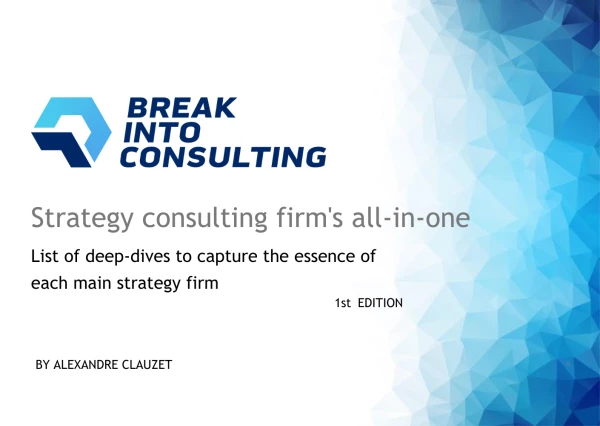Hi Everyone!
Would greatly appreciate a feedback on "structuring" Profitability cases.
- Is it good to clarify whether its a company specific problem or industry issue in the beginning itself? ust thought I can go into the issue true of Revenues & Costs if I can exclude market. or its safer to include it in the framework and have Qs around it ?Is the market shrinking etc?have the prices dropped recently? Have capacities increased, is there a new entrant etc?
Or its best, to have Company-revenue and costs, market - size growth, demand(customer),supply(competition), etc, Product, Risk and any other bucket that is relevant to the case.
Is issue true the better approach for profitability cases, or stick to a framework catering to the case, covering all critical areas relevant to the case, and filter as we deep dive and dig up the actual problem.
- Also, I believe its best to analyse both sides of the issue tree, than assuming/clarifying with the interviewer its a revenue side issue or cost side issue?
Cheers!






